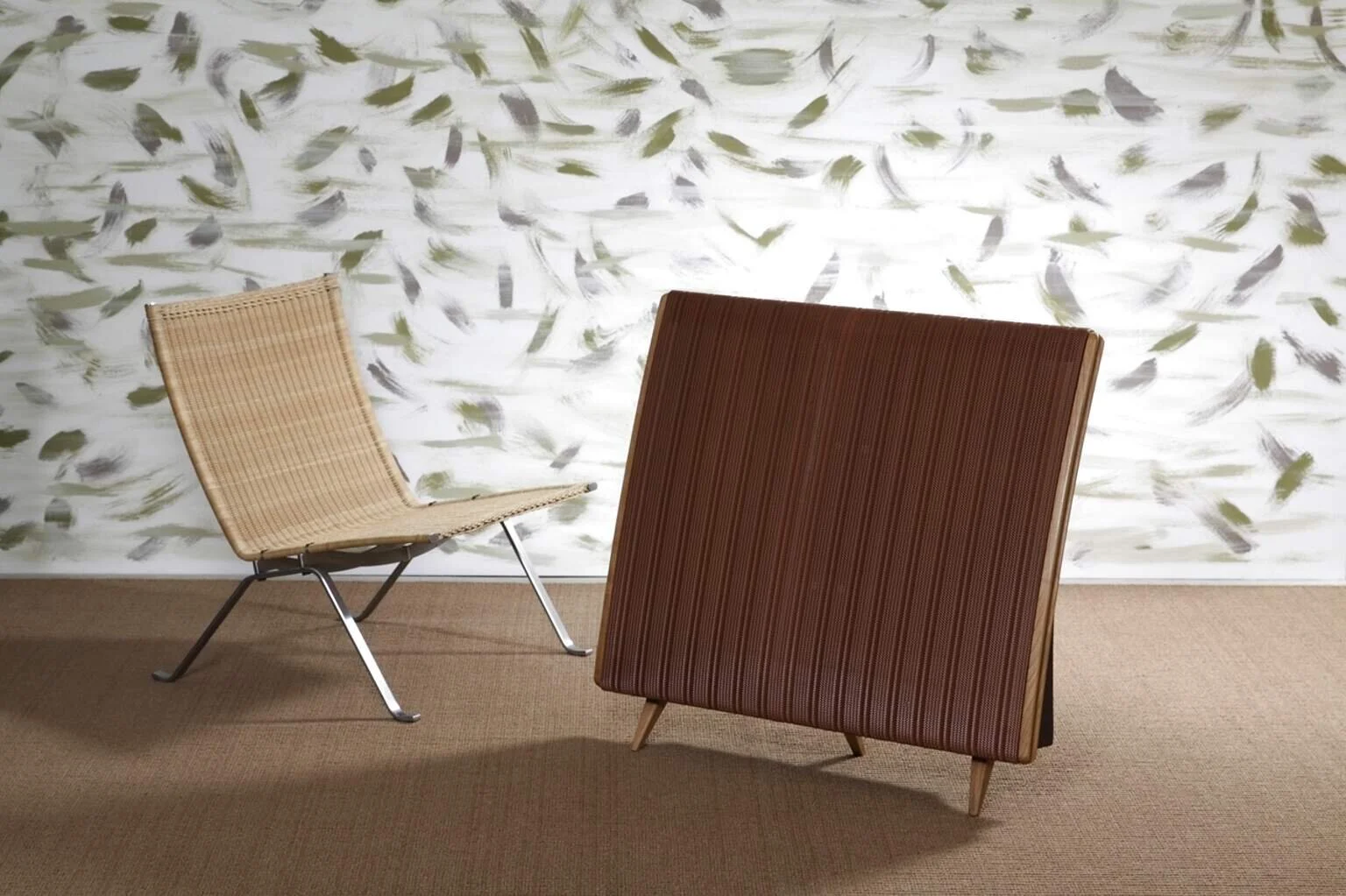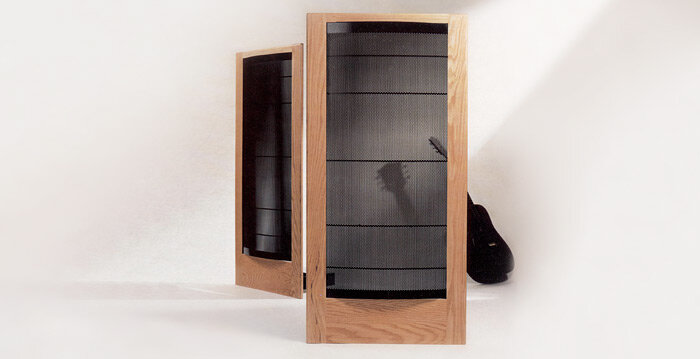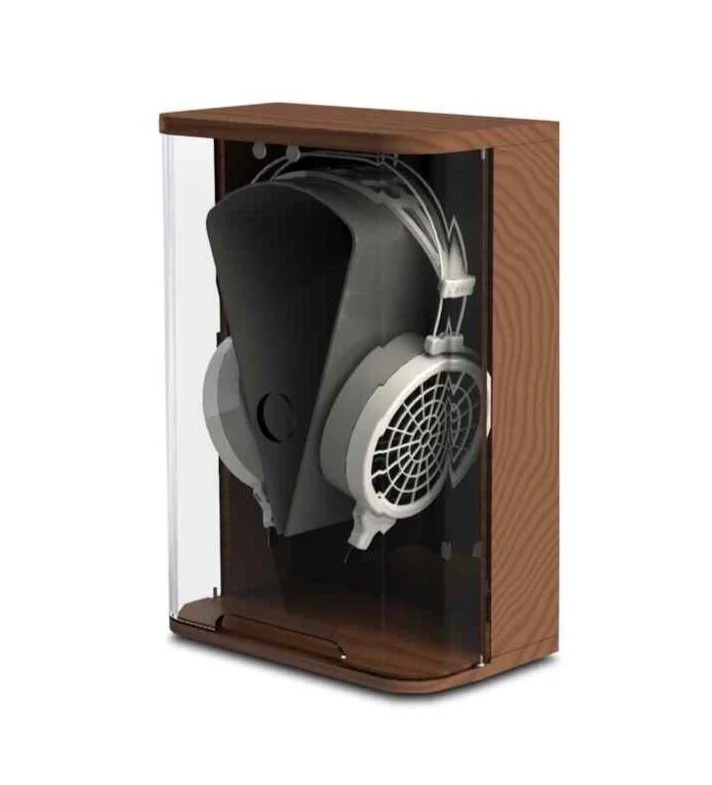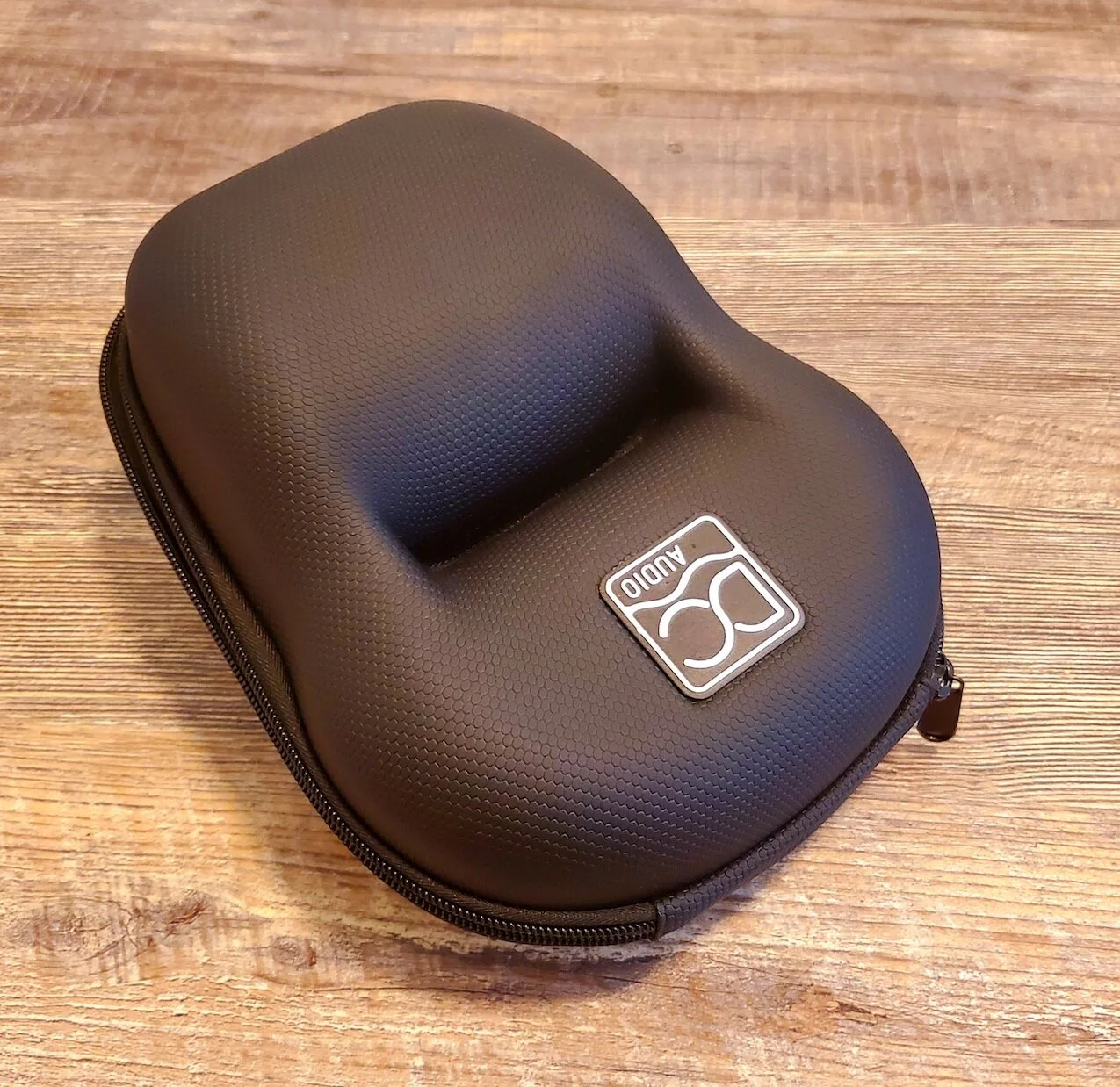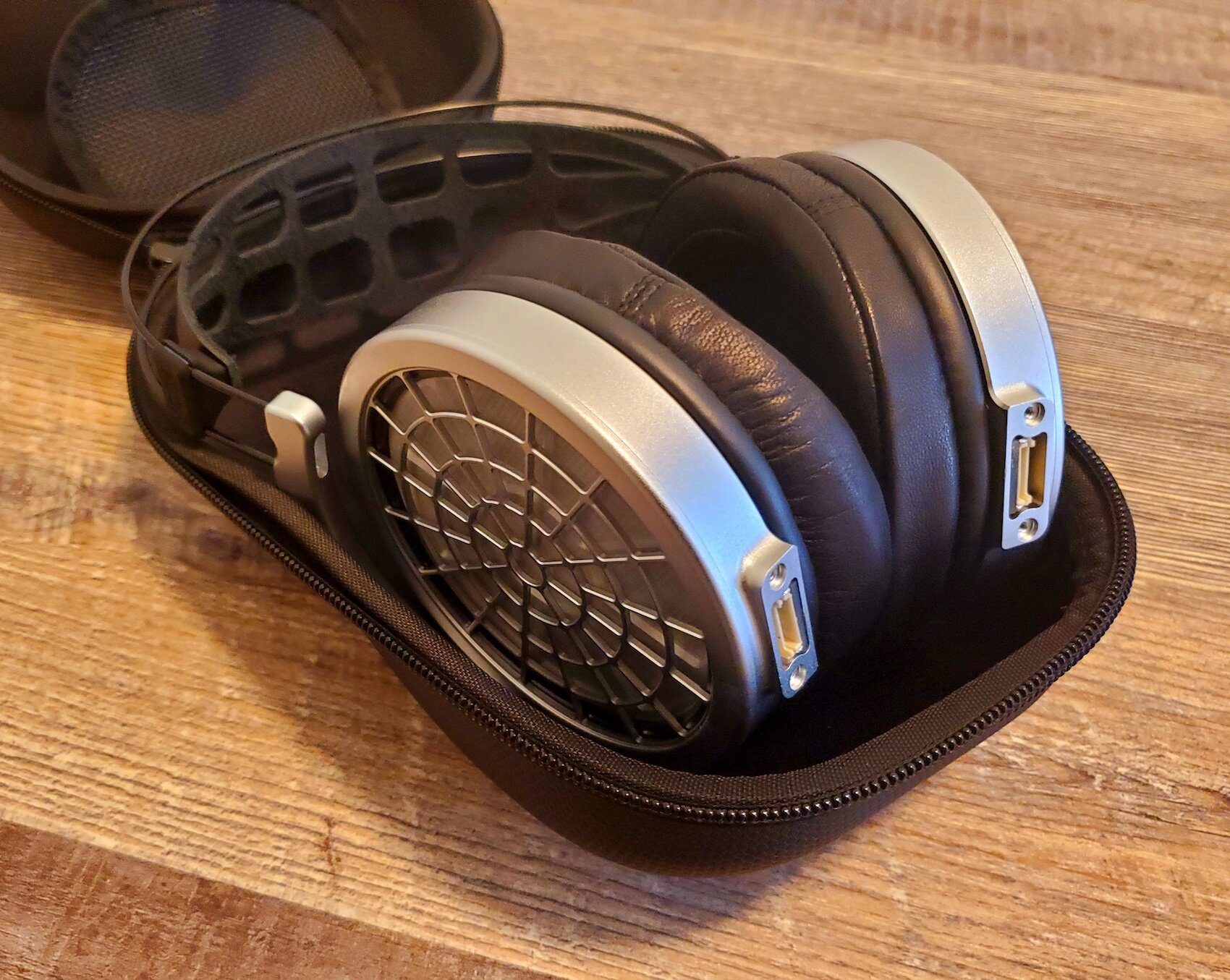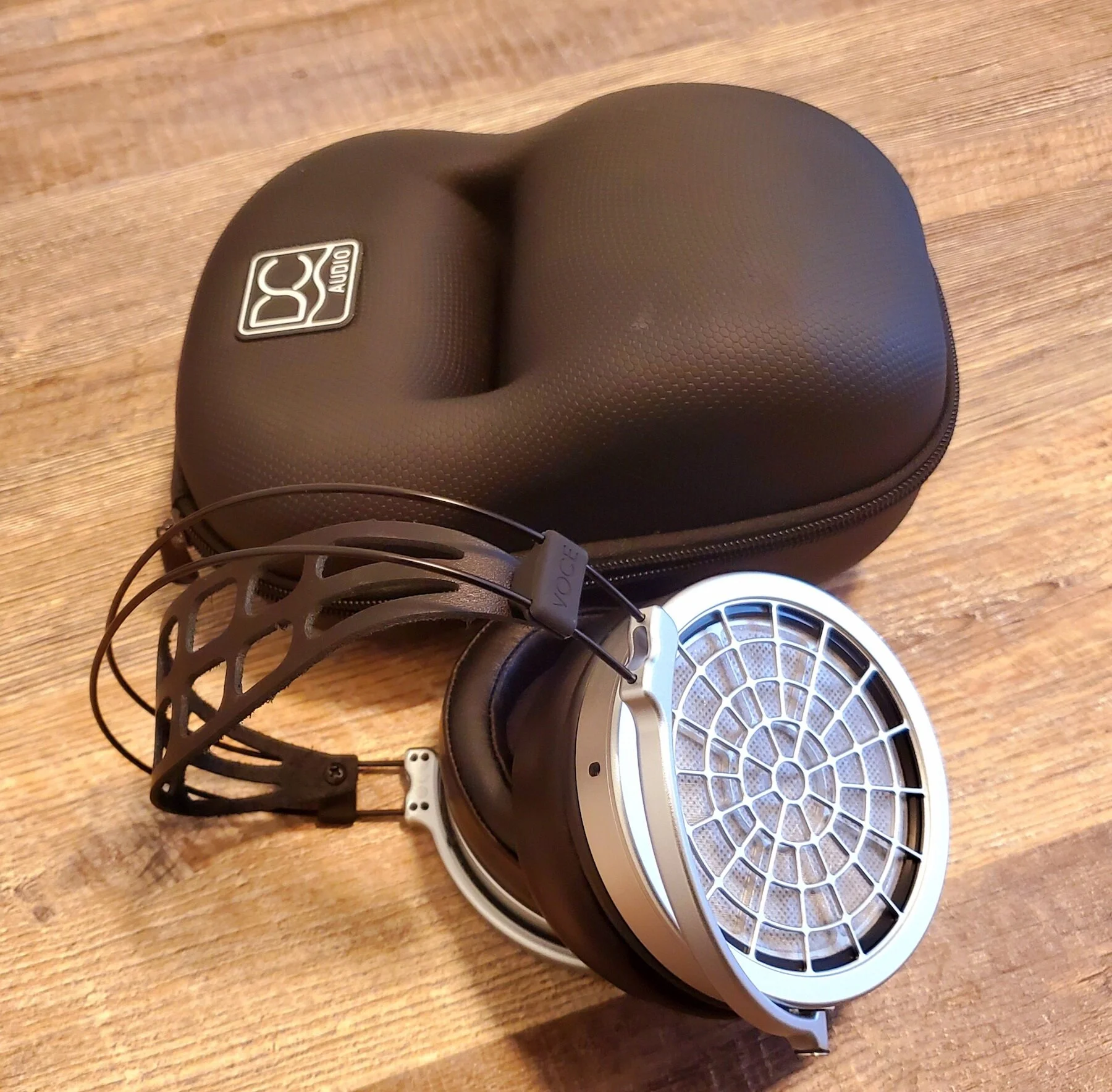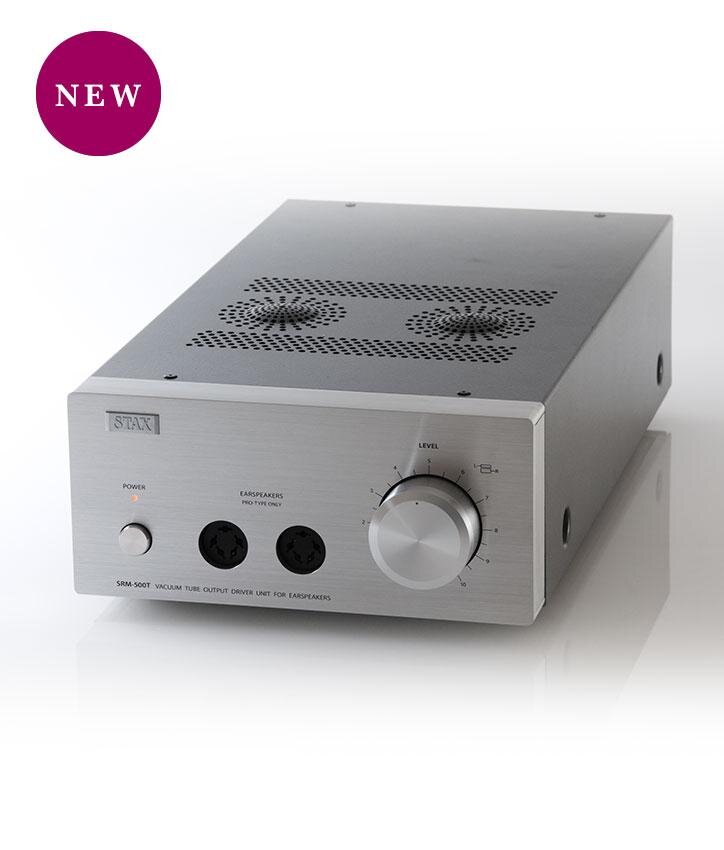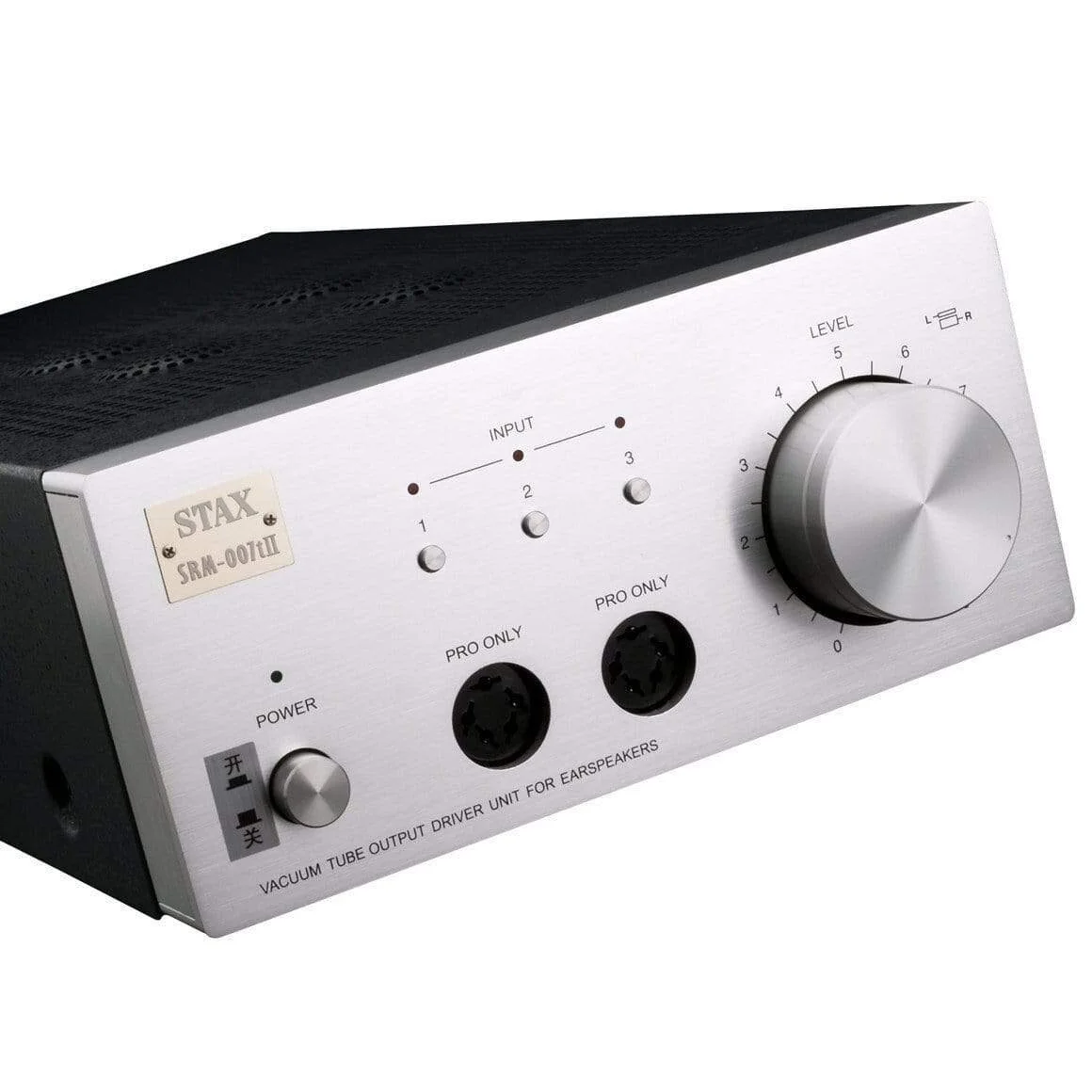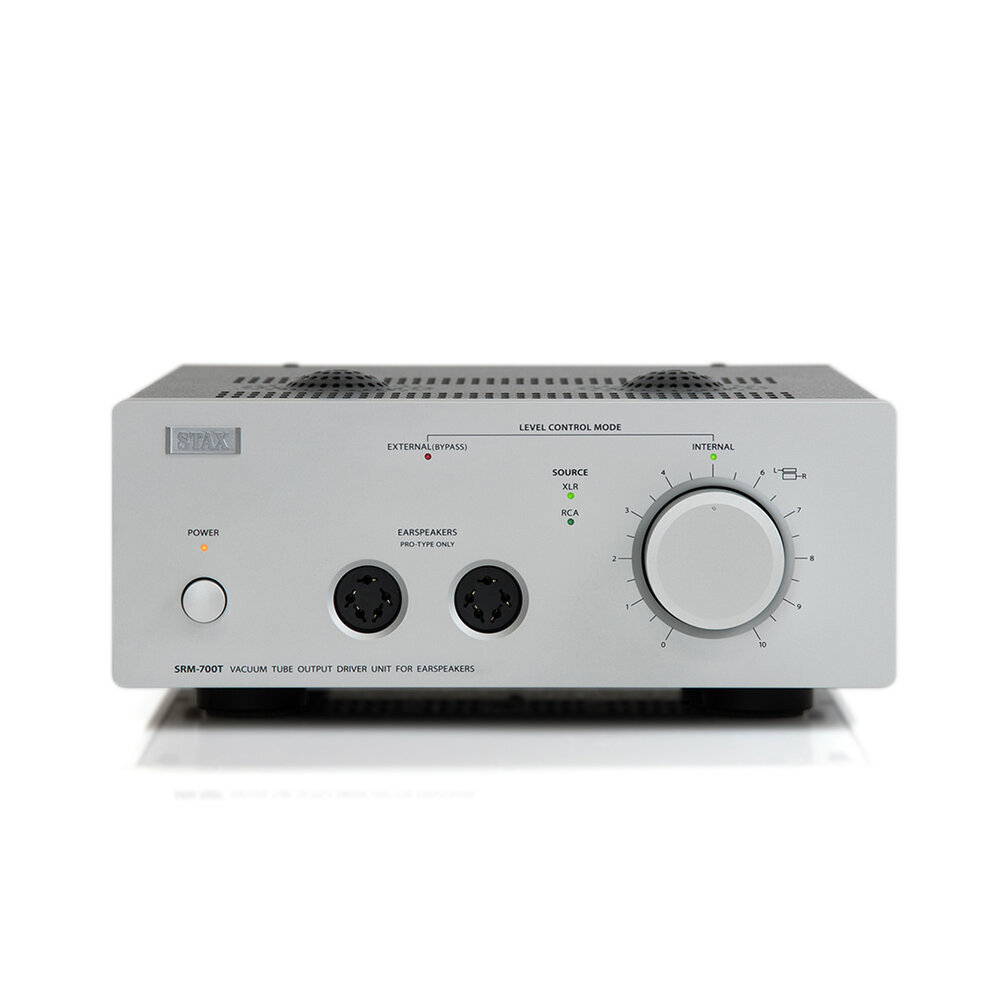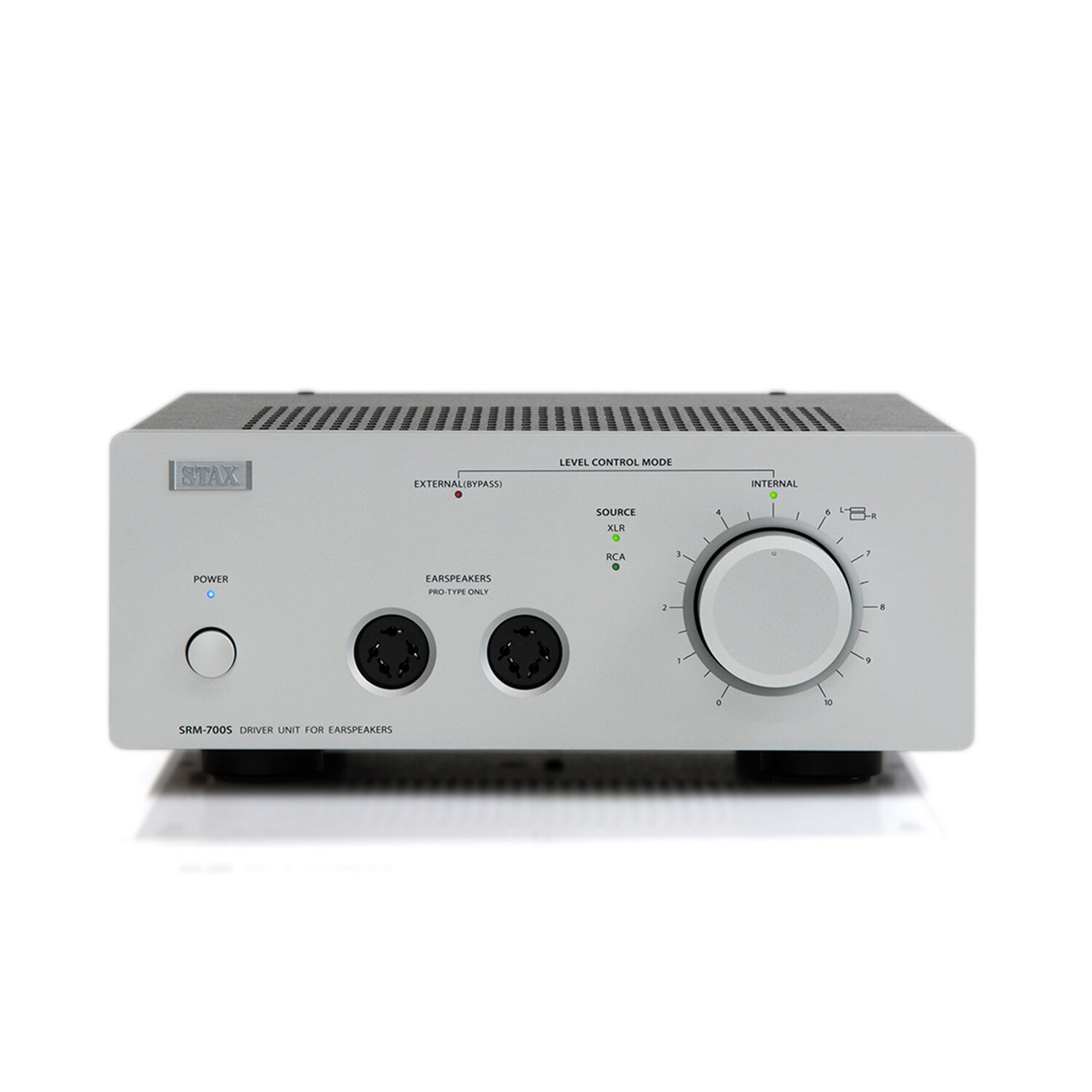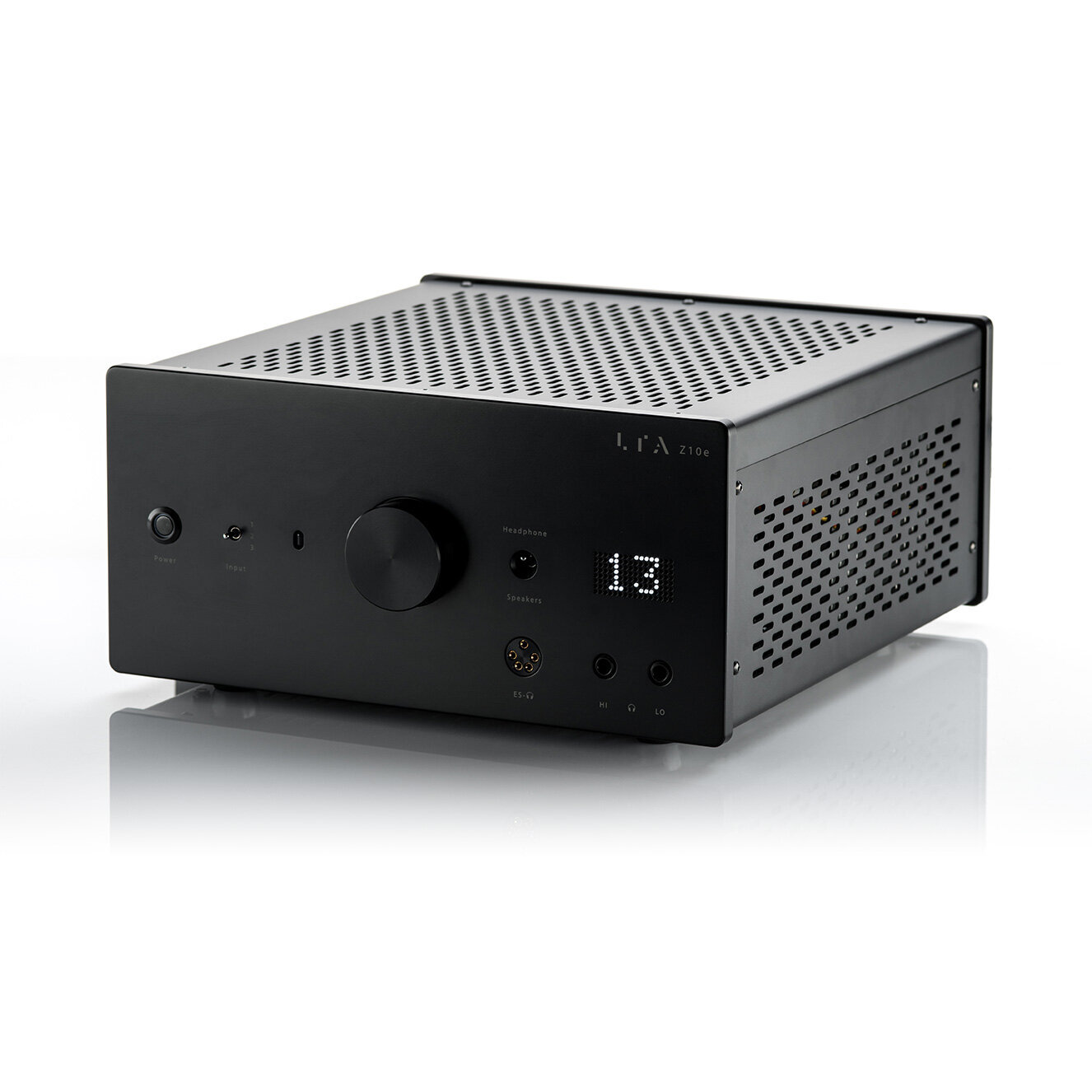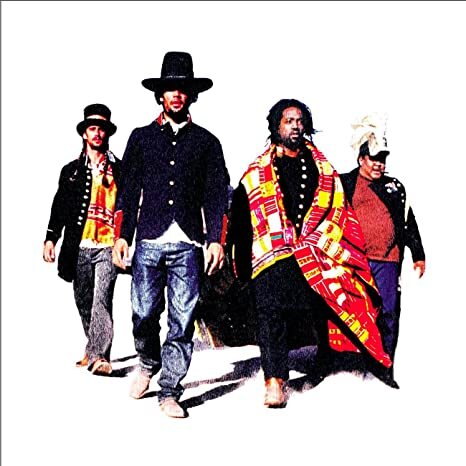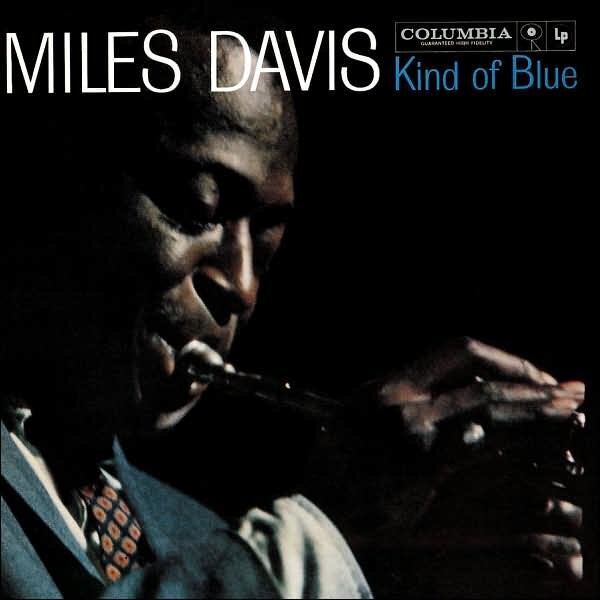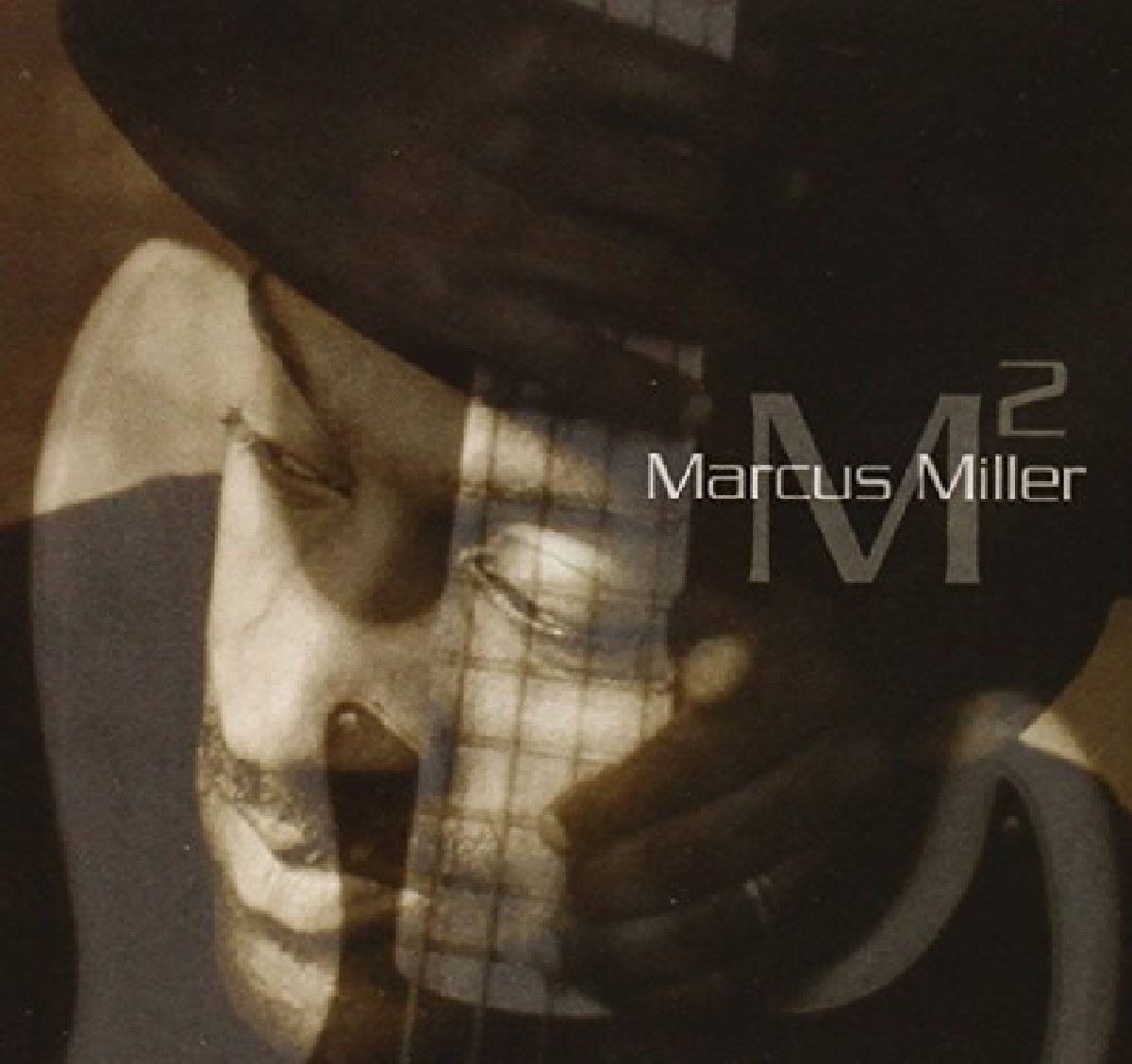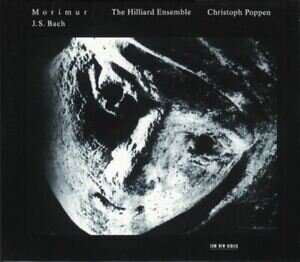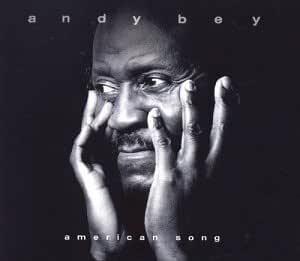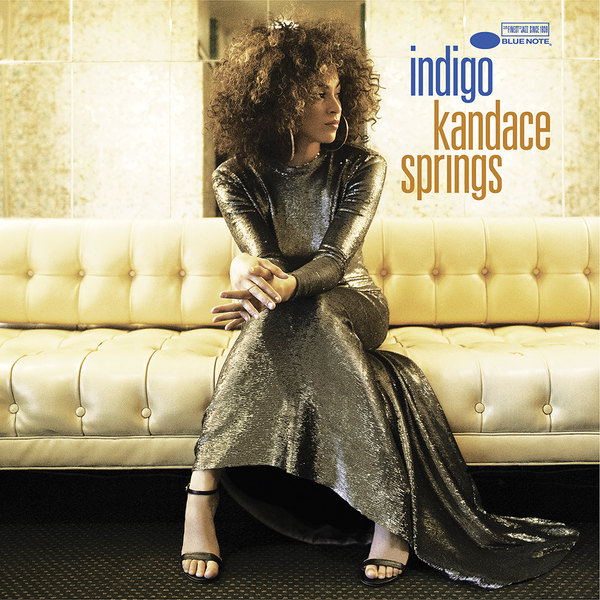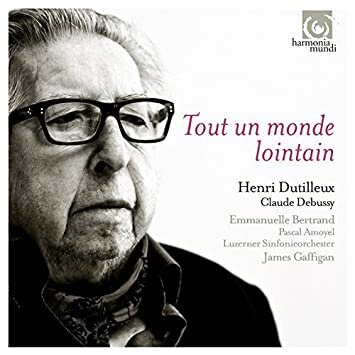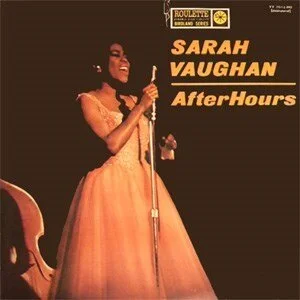THE DAN CLARK VOCE - REVIEW
An Incredible Musical Blast from the Past!
My first experience with an electrostatic loudspeaker was the Quad ESL-57. Its design was midcentury modern, which I consider an exceptional design epoch in U.S. design history. And I have employed midcentury design to mixed effect in several of my homes and will, no doubt, attempt it again. The voice of the Quad ESL-57 was midrange-magical, which sums things up succinctly and quite accurately.
Courtesy Quad Music Shoppe
The Quad ESL-57’s midrange and treble were its ‘bread and butter,’ ‘its reason for being’—raison d’être. ESL-57’s midrange was natural, lifelike, transparent, and incredibly engaging, while its treble seemed effortless and distortion free. However, its bass response was limited and would be exposed as such as, when rock and roll made its debut. Peter Walker’s 1956 invention would, nonetheless, persist via a devoted following and new adherents, decade after decade. They, in most cases, believed its voice the grail of ‘loudspeakerdom.’ And in Quad’s wake (and perhaps a few years before) numerous electrostatic speakers— Janszen, Apogee, SoundLabs, Martin Logan, KingSound, Accoustat, etc.—would find their way to the market and enjoy loyal, longtime followings as well.
Courtesy Martin Logan Speakers
My second experience with an electrostatic loudspeaker was the Martin Logan Curvilinear Line Source™ (CLS). Its design was modern, elegant, and see-through! A black curvilinear metal grill protected the membrane beneath and was set within a flat, wooden, rectangular baffle. Beautiful! And the sound the CLS made was what I have come to know as the electrostatic voice—transparent, lifelike, coherent, beautifully musical, engaging, and distorting free. “My oh my,” I can remember thinking, but when the price was revealed, a certain sadness took hold, as I could not own them. But decades later I have not forgotten the experience.
The Dan Clark VOCE is incredibly reminiscent for me of both experiences, as its voice is incredibly similar—a superb midrange, good highs, and, well, a limited bass response (if not properly matched). But there’s a good deal more in this electrostatic headphone, that even those venerable electrostatic loudspeakers were hard pressed to deliver.
REFRAIN: Unlike most reviews, this review will be non-sequential, as it will start with how the headphones actually sound and not the process of physically “undressing” them and/or laying out their various parts, specifications, etc. Think of this review then, as a non-linear movie—Memento, Kill Bill, Pulp Fiction, etc—that, likewise, starts at the end and winds its way to the beginning.
The Sound
My experiences these past months with the various electrostatic earspeakers and headphones has been revelatory, sublime, and curious. Why curios? Given my longtime audiophile/music lover passions and countless assembled systems, how could I have not known about electrostatic earspeakers/headphones? This to me is the most curious thing of all.
Regardless, it is as though I have found a new musical home with the various electrostatic gear from STAX and now Dan Clark Audio and ended a too long journey seeking a ‘holy grail of music, whose brethren—electrostatic loudspeakers—I have long since known. And for this I am very grateful. What I would also discover in the sessions with the electrostatics—STAX SR-009S, STAX SR-007A, STAX SR-L700MkII and the Dan Clark VOCE—is their varied personalities, traits, and predilections.
The STAX earspeakers to a one were otherworldly transparent, possessed of blazing transients speed, trebles that seemingly extended to other planets, and spellbinding midranges, that would find your listening ‘ship’ crashing against jagged rocks (see Sirens[1]) so compelling the music. Their bass response, however, was not uniform, as the STAX SR-L700MkII could not match the bass response of its ‘elder (more expensive)’ siblings.
The Dan Clark VOCE is different still. Its midrange is like the others and would have your listening ‘ship’ crashing against jagged rocks, due to its sublime, intoxicating beauty. The VOCE’s treble, however, ventures high, but it does not extend to other planets, so to speak like its electrostatic kith and kin. And its transparency is not the match of any of the STAX earspeakers, though there are few electrodynamic headphones—planar or dynamic driver—that could match the VOCE’s transparency. It bass response, interestingly, is a good deal more dependent on synergistic matches than any of the STAX earspeakers. There is a very good measure of bass when the Mola Mola Tambaqui or the AudioNet DNP are in the mix as well as the ANTICABLE power cords, otherwise, the bass could be a wee bit disappointing. The moral here match DAC and cables wisely and you will find a more balanced top to bottom frequency response with a good quality of bass, though not to the sub-bass regions.
That said, the Dan Clark VOCE brought its own ‘personality’ to the extended, musical retreat at AudioKey Reviews and we were very happy for it. The VOCE was incredibly helpful in allowing me to map the truly varied electrostatic earspeaker/headphone landscape to a greater degree than had it not been included in the mix.
The Dan Clark VOCE’s volumetric cube—its soundstage—is wide and quite deep with very good height and it is very natural. Though again, the STAXs to a one encouraged a broader soundstage in, nearly, every respect. And as the VOCE’s transparency was not the equal of the STAXs, its three dimensionality while quite good, was not the equal of the STAXs either. Yet, there are few, very few, electrodynamics headphones that could match it.
The Dan Clark VOCE was paired with the STAX SRM-700S and STAX SRM-700T electrostatic, headphone amplifiers, the Mola Mola Tambaqui and Border Patrol SE-i DACs, and the MacBook Pro serving as source. Cardas Clear and ANTICABLE were tasked with wires/cables duty and the TORUS MAX with power.
Bass
The Dan Clark VOCE is very particular when it comes to rendering solid bass and should its cohorts not be copasetic to that cause, then bass will be slight and uninspiring. However, should the combo be capable and its synergy copasetic, the VOCE will dive to mid bass depth, sans rumble, and it will be convincing and attention grabbing and satisfying. The VOCE was very much in sync with the STAX SRM-700S, Mola Mola Tambaqui (of course), Cardas Clear XLR interconnects, and ANTICABLE power cords. And the Border Patrol SE-i when affixed with ANTICABLE power cords. In short, pick the VOCE’s friends wisely. Marcus Miller’s Power (M2, Concord Records) plays, and with the proper friends, the VOCE brings the bass and it is transient quick, tight, solid, and transparent. The track is presented with driving force and quite good PRaT (Pacing Rhythm and Timing)!
Midrange
The Dan Clark VOCE like electrostatics headphones, in general, excel at rendering the midrange with all its transparent, lifelike, coherent, and sublime musicality. As I listen to Sarah Vaughan’s Easy to Love (After Hours, Blue Note) the insight gained into a recording that has been a staple for me for decades, is revealed with incredible transparency (again standard faire for electrostatic headphones). George Duvivier’s bass is lifted from the background into three-dimensional form and microdynamics are loosed across the entirety of the stage. In prior hearings Sarah Vaughan’s Easy to Love has always sounded a bit woolly, regardless, of the systems ( or their price tags) that rendered playback. This electrostatic system— Dan Clark VOCE, STAX SRM-700T—like so many others electrostatic systems with Mola Mola Tambaqui as DAC gives this hearing new life, entirely! Sarah’s voice and the lyrics are clear, intimately rendered, and natural, which evokes legions of memories and new insights. Andy Bey’s Angel Eyes (American Song, Savoy) rolls up and the VOCE does that thing again that electrostatic headphones do so well—it makes Andy’s voice seem so $#@&+* incredibly lifelike, natural, and with air aplenty to make the rendering even more convincing. This is, unfortunately a thing that other headphones do not appear to do and certainly not on this level.
Treble+
As mentioned above, the Dan Clark VOCE’s treble extension is rather anomalous when it comes to electrostatic headphones, in that it does not extend nearly as high, nor is it as transparent, nor as effortless and thus air and microdynamics are, well, diminished. Patricia Barber’s Winter (Modern Cool, Koch Records) draws this into bold relief, as this treble heavy album’s Hi-hats and various other cymbals are not as well resolved. This is, however, a sibilance torture track to those systems that are, at all, resolving. The systems that do not resolve, will simply mask or obscure with veil after veil on this album’s treble extension and energy. Laura St. John’s Gypsy Nocturne (Gypsy, Well Tempered) is something else entirely and the VOCE renders it beautifully. The piece broods and dances, somberly, and the VOCE captures Gypsy Nocturne’s every move from violin plucks, piano strikes, to passionate violin bowing, and the track has ended far too soon. Beautiful.
The Wrappings and Accessories
Courtesy projekt-akustik.de
The Dan Clark VOCE electrostatic headphone comes in a wood and plexiglass display case, with a built-in headphone stand, that opens, with left and right doors swinging outward. It’s very straightforward, pragmatic, and a practical design that is nicely done.
Inside the display case one finds:
1 - VOCE electrostatic headphone
1 - silver-plated copper, headphone cable (2m)
1 - Hex wrench (small)
3 - Inserts—felt, foam—purposed with tuning the VOCE’s sound profile
Overall, the VOCE’s design is minimalist and clean and should one wish simply to admire the VOCE, placing the case on a mantel piece or shelf would be sufficient for one’s visual enjoyment.
Design—Look, Feel, and technology
The Dan Clark VOCE is composed of silver-coated, metal ear cups, that sport on their outside a quite interesting, spiderweb pattern. The frame that holds the entire assembly together is metal as well. The VOCE’s ear pads are wrapped in a very comfortable NAPA leather and the head-strap is also leather. Overall the Dan Clark VOCE is a very clean and handsome design.
The Specifications
DAN CLARK VOCE
Driver Type: Electrostatic
Driver Size: 88mm
Capacitance with 2m cable: 135pF
Weight: 370grms
Ear Pad Material: NAPA Lamb Leather
Shipping Dimensions: 18 x 14 x 19
Shipping Weight: 8lbs
Frequency Response: Flat to 6Hz
Drivability
The DAN CLARK VOCE was, decidedly, the most difficult to drive of all electrostatic headphone/earspeaker in house and by a good margin, which speaks to, perhaps, a relative high impedance and low efficiency. All headphone amps that were in-house, however, were able to drive the VOCE, though the dial will be turned up, perhaps a good 15-20% more.
Conclusion
The Dan Clark VOCE is a very good electrostatic headphone. It is midrange forward in terms of both its strength and its presentation and there is definitely gold to be found here! It is, as first mentioned above, reminiscent to me of the Quad ESL-57 and even the Martin Logan CLS, both permanently etched in memory.
However, like both loudspeakers it is a wee bit bass shy with the wrong partners—amplifier, DAC, cables. So one will need to be careful in choosing its friends. Though good friends will have you asking/stating, “Bass shy? I don’t think so!” And power, you’ll need sufficient power to get the best out of the VOCE as it does not appear to be very efficient. It does make me question the lack of this rather key specification in terms of potential system matching.
One would be hard pressed to find an electrodynamic—planar, dynamic driver—headphone that could parallel the VOCE’s transparency or transient speed or its coherency or outright musicality (think Quad ESL-57).
You will need an energizer to power the Dan Clark VOCE. And while there are a host of electrostatic headphone amplifiers on the market, it would be difficult to go wrong with a STAX energizer/amplifier of sufficient power. You’d probably want to start with, at least, the STAX SRM-005T ($1320), There is also the STAX SRM-007 TII ($1820), SRM-700T ($3400), or SRM-700S ($3400). And there is the STAX energizer flagship—the STAX SRM-T8000 ($6090, review coming soon)—or the LTA Z10e ($6950), which produced synergistic excellence with every STAX earspeaker as well as the Dan Clark VOCE (review coming soon).
We, AudioKey Reviews, very highly recommend the Dan Clark VOCE, as it is truly an exceptional electrostatic headphone. However, it has its needs—good synergistic matches in DAC, electrostatic headphone amplifier, with sufficient power reserves to drive the moderately efficient VOCE, and good cabling too. However, given this you will be very well served, musically speaking.
The folks at Dan Clark Audio have been great and I am very thankful for the review sample of the VOCE electrostatic headphone.
Pros: Incredible midrange transparency, coherency, musicality, and openness. A natural and engaging treble. Loves solid state electrostatic amplification.
Cons: Efficiency. System matching necessity for optimum performance.
[1] a) Any of a group of female and partly human creatures in Greek mythology that lured mariners to destruction by their singing. b) a woman who sings with enchanting sweetness.
The System(s)
1.
MacBook Air (Dedicated Computer Server)
Mola Mola Tambaqui (DAC/Headphone Amp/Streamer)
STAX SRM-700T (Electrostatic Headphone Amp)
ANTI-CABLE/CARDAS (Cabling and Wires)
TORUS TOT MAX (Power Conditioner)
2.
MacBook Air (Dedicated Computer Server)
Border Patrol SE-i (DAC)
STAX SRM-700S (ElectrostaticHeadphone Amp)
ANTI-CABLE/CARDAS (Cabling and Wires)
TORUS TOT MAX (Power Conditioner)
THE MUSIC
The Company
DAN CLARK
VOCE ($3299.99)
DAN CLARK
3366 Kurtz Street,
San Diego, CA 92110 USA
+1.619.501.6313
info@danclarkaudio.com

